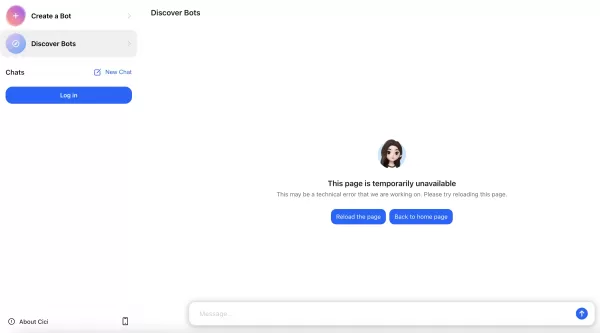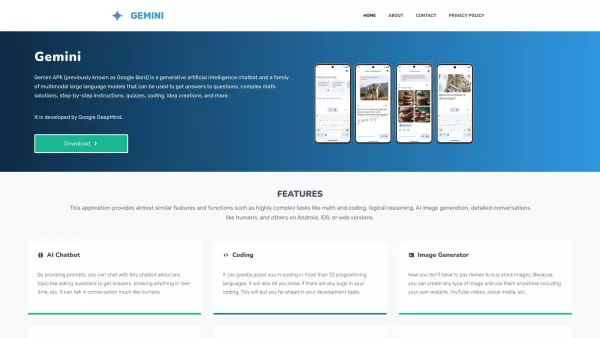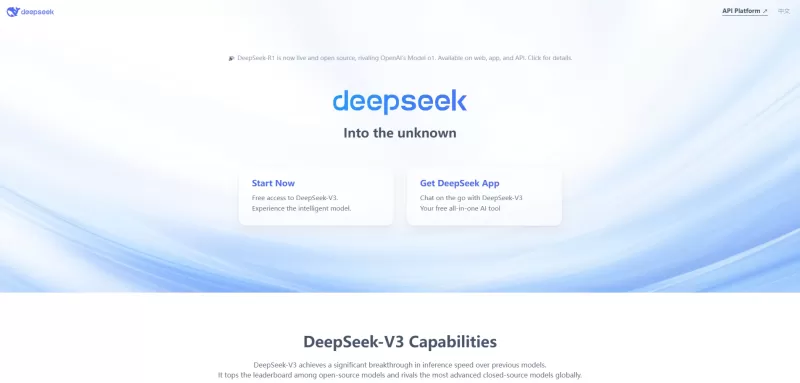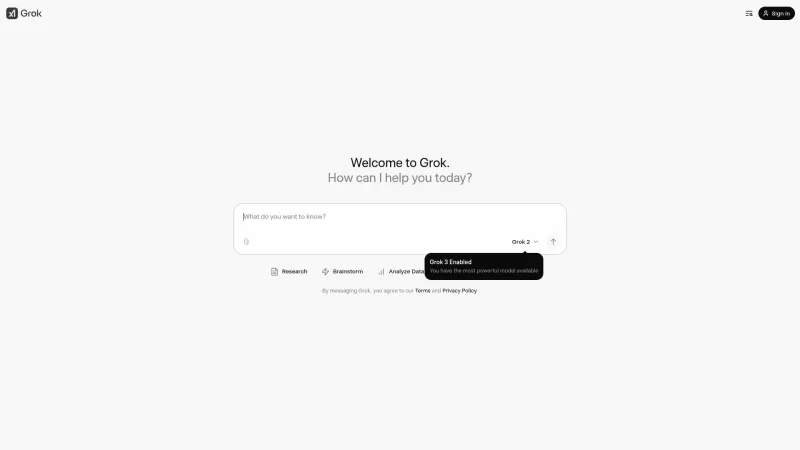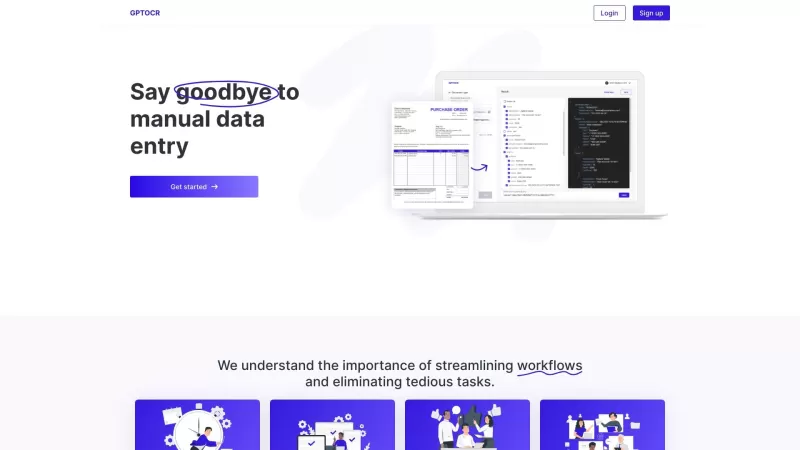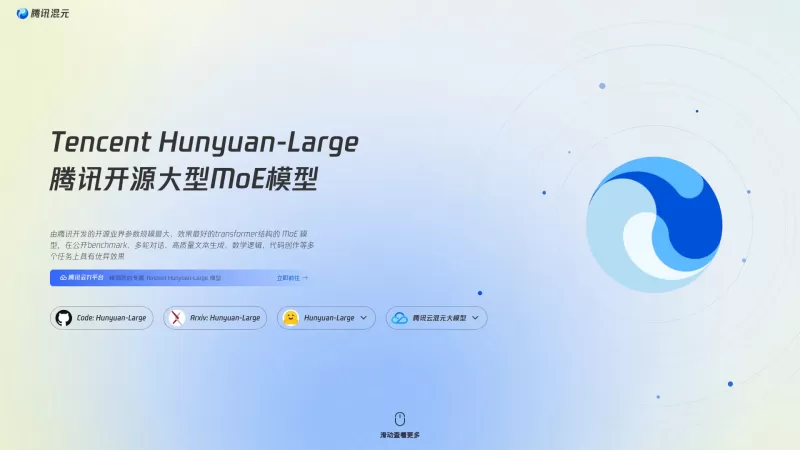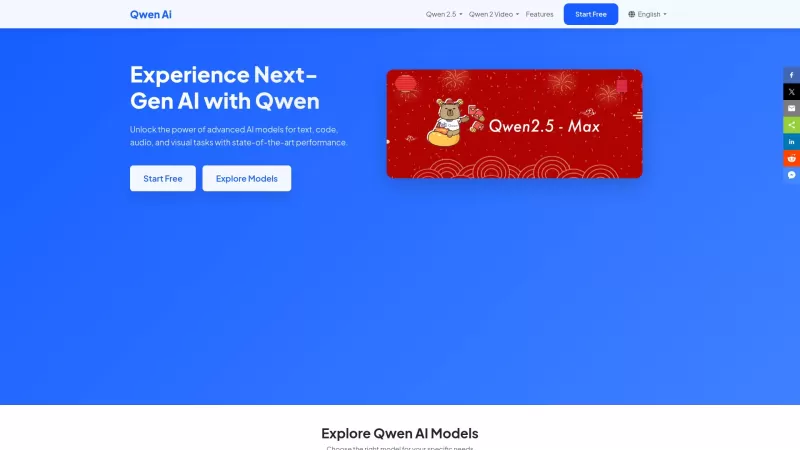Manus Debuts 'Wide Research' AI Tool with 100+ Agents for Web Scraping

Chinese AI innovator Manus, which previously gained attention for its pioneering multi-agent orchestration platform catering to both consumers and professional users, has unveiled a groundbreaking application of its technology that challenges conventional AI research approaches.
Rethinking AI-Powered Research
Unlike competitors such as OpenAI, Google, and xAI that have developed specialized "Deep Research" agents capable of conducting hours-long investigations to produce detailed reports, Manus has taken a radically different path with its new "Wide Research" experimental feature. This innovation enables users to tackle extensive research projects by deploying swarms of parallelized AI agents - potentially hundreds simultaneously - all working in concert on a unified objective.
Technical Foundations
The platform reportedly utilizes cutting-edge AI models including Anthropic's Claude and Alibaba's Qwen to power its operations. This technical backbone supports Manus's unique approach to parallel processing across research, analysis, and creative generation tasks.
Wide Research in Action
A demonstration video from Manus showcases the system's capabilities by comparing 100 different sneaker models in real-time. The platform instantly deploys 100 specialized subagents, each analyzing distinct aspects of a single shoe including design elements, pricing structures, and market availability. This massive parallel processing culminates in a comprehensive, sortable matrix delivered in multiple formats within minutes.
Beyond Data Analysis
The company emphasizes that Wide Research's applications extend far beyond conventional data collection. In creative testing, the system simultaneously generated promotional poster designs across 50 unique visual styles, packaging all final assets in a ready-to-use ZIP file. This versatility stems from Manus's sophisticated approach to agent virtualization and inter-agent communication protocols.
Platform Architecture Innovations
According to technical demonstrations, Wide Research represents the first implementation of an optimized virtualization architecture that scales computational capacity 100-fold compared to initial offerings. The system intelligently activates its parallel processing capabilities when detecting large-scale analytical tasks, requiring no manual configuration from users.
Subscription Options
Wide Research initially launches for Pro-tier subscribers, with planned gradual rollout to other tiers. Manus's current subscription structure includes:
- Free Tier: Basic functionality with limited credits and task capacity
- Basic Plan ($19/month): Expanded capabilities including advanced model access
- Plus Plan ($39/month): Increased task concurrency and credit allowance
- Pro Plan ($199/month): Full feature access including priority beta testing
The company offers a 17% discount for annual commitments, making premium tiers more accessible for professional users.
Technical Advantages
Manus differentiates itself through its cloud-based architecture, where each user session operates on dedicated virtual machines. This infrastructure enables natural language-driven access to orchestrated cloud computing resources, which the company views as essential for genuine general-purpose AI applications.
Architectural Distinctions
Unlike traditional multi-agent systems with rigid role specialization, Wide Research utilizes general-purpose subagents - each a fully functional Manus instance capable of handling diverse tasks independently. The company claims this design enables unprecedented flexibility and scalability compared to template-constrained alternatives.
Performance Considerations
While Manus promotes Wide Research as a breakthrough in parallel processing, the company has yet to provide comparative benchmarks verifying performance advantages over sequential processing approaches. Open questions remain regarding:
- Resource efficiency during high-volume operations
- Subagent coordination mechanisms
- Result aggregation methodologies
- Measurable benefits in speed or accuracy
Industry Context
The broader AI ecosystem has experienced mixed results with similar multi-agent implementations. Third-party reports on platforms like Claude's Code highlight recurring challenges including:
- Performance bottlenecks under heavy loads
- Excessive computational resource consumption
- Limited transparency in execution workflows
- Coordination difficulties between agents
Manus acknowledges Wide Research remains in experimental stages, with ongoing development to address these types of industry-wide challenges.
Strategic Implications
The introduction of Wide Research signals Manus's commitment to redefining large-scale AI collaboration. As the industry grapples with multi-agent system complexities, Manus's generalized agent approach may establish new paradigms for parallelized AI workflows. The company's technical infrastructure appears designed to support future innovations beyond current offerings, positioning Wide Research as both a functional tool and a foundation for forthcoming developments.
Related article
 Top AI Labs Warn Humanity Is Losing Grasp on Understanding AI Systems
In an unprecedented show of unity, researchers from OpenAI, Google DeepMind, Anthropic and Meta have set aside competitive differences to issue a collective warning about responsible AI development. Over 40 leading scientists from these typically riv
Top AI Labs Warn Humanity Is Losing Grasp on Understanding AI Systems
In an unprecedented show of unity, researchers from OpenAI, Google DeepMind, Anthropic and Meta have set aside competitive differences to issue a collective warning about responsible AI development. Over 40 leading scientists from these typically riv
 Anthropic's AI Upgrade: Claude Now Searches Entire Google Workspace Instantly
Today's major upgrade from Anthropic transforms Claude from an AI assistant into what the company calls a "true virtual collaborator," introducing groundbreaking autonomous research capabilities and seamless Google Workspace integration. These advanc
Anthropic's AI Upgrade: Claude Now Searches Entire Google Workspace Instantly
Today's major upgrade from Anthropic transforms Claude from an AI assistant into what the company calls a "true virtual collaborator," introducing groundbreaking autonomous research capabilities and seamless Google Workspace integration. These advanc
 Alibaba's 'ZeroSearch' AI Slashes Training Costs by 88% Through Autonomous Learning
Alibaba's ZeroSearch: A Game-Changer for AI Training EfficiencyAlibaba Group researchers have pioneered a breakthrough method that potentially revolutionizes how AI systems learn information retrieval, bypassing costly commercial search engine APIs e
Comments (0)
0/200
Alibaba's 'ZeroSearch' AI Slashes Training Costs by 88% Through Autonomous Learning
Alibaba's ZeroSearch: A Game-Changer for AI Training EfficiencyAlibaba Group researchers have pioneered a breakthrough method that potentially revolutionizes how AI systems learn information retrieval, bypassing costly commercial search engine APIs e
Comments (0)
0/200

Chinese AI innovator Manus, which previously gained attention for its pioneering multi-agent orchestration platform catering to both consumers and professional users, has unveiled a groundbreaking application of its technology that challenges conventional AI research approaches.
Rethinking AI-Powered Research
Unlike competitors such as OpenAI, Google, and xAI that have developed specialized "Deep Research" agents capable of conducting hours-long investigations to produce detailed reports, Manus has taken a radically different path with its new "Wide Research" experimental feature. This innovation enables users to tackle extensive research projects by deploying swarms of parallelized AI agents - potentially hundreds simultaneously - all working in concert on a unified objective.
Technical Foundations
The platform reportedly utilizes cutting-edge AI models including Anthropic's Claude and Alibaba's Qwen to power its operations. This technical backbone supports Manus's unique approach to parallel processing across research, analysis, and creative generation tasks.
Wide Research in Action
A demonstration video from Manus showcases the system's capabilities by comparing 100 different sneaker models in real-time. The platform instantly deploys 100 specialized subagents, each analyzing distinct aspects of a single shoe including design elements, pricing structures, and market availability. This massive parallel processing culminates in a comprehensive, sortable matrix delivered in multiple formats within minutes.
Beyond Data Analysis
The company emphasizes that Wide Research's applications extend far beyond conventional data collection. In creative testing, the system simultaneously generated promotional poster designs across 50 unique visual styles, packaging all final assets in a ready-to-use ZIP file. This versatility stems from Manus's sophisticated approach to agent virtualization and inter-agent communication protocols.
Platform Architecture Innovations
According to technical demonstrations, Wide Research represents the first implementation of an optimized virtualization architecture that scales computational capacity 100-fold compared to initial offerings. The system intelligently activates its parallel processing capabilities when detecting large-scale analytical tasks, requiring no manual configuration from users.
Subscription Options
Wide Research initially launches for Pro-tier subscribers, with planned gradual rollout to other tiers. Manus's current subscription structure includes:
- Free Tier: Basic functionality with limited credits and task capacity
- Basic Plan ($19/month): Expanded capabilities including advanced model access
- Plus Plan ($39/month): Increased task concurrency and credit allowance
- Pro Plan ($199/month): Full feature access including priority beta testing
The company offers a 17% discount for annual commitments, making premium tiers more accessible for professional users.
Technical Advantages
Manus differentiates itself through its cloud-based architecture, where each user session operates on dedicated virtual machines. This infrastructure enables natural language-driven access to orchestrated cloud computing resources, which the company views as essential for genuine general-purpose AI applications.
Architectural Distinctions
Unlike traditional multi-agent systems with rigid role specialization, Wide Research utilizes general-purpose subagents - each a fully functional Manus instance capable of handling diverse tasks independently. The company claims this design enables unprecedented flexibility and scalability compared to template-constrained alternatives.
Performance Considerations
While Manus promotes Wide Research as a breakthrough in parallel processing, the company has yet to provide comparative benchmarks verifying performance advantages over sequential processing approaches. Open questions remain regarding:
- Resource efficiency during high-volume operations
- Subagent coordination mechanisms
- Result aggregation methodologies
- Measurable benefits in speed or accuracy
Industry Context
The broader AI ecosystem has experienced mixed results with similar multi-agent implementations. Third-party reports on platforms like Claude's Code highlight recurring challenges including:
- Performance bottlenecks under heavy loads
- Excessive computational resource consumption
- Limited transparency in execution workflows
- Coordination difficulties between agents
Manus acknowledges Wide Research remains in experimental stages, with ongoing development to address these types of industry-wide challenges.
Strategic Implications
The introduction of Wide Research signals Manus's commitment to redefining large-scale AI collaboration. As the industry grapples with multi-agent system complexities, Manus's generalized agent approach may establish new paradigms for parallelized AI workflows. The company's technical infrastructure appears designed to support future innovations beyond current offerings, positioning Wide Research as both a functional tool and a foundation for forthcoming developments.
 Top AI Labs Warn Humanity Is Losing Grasp on Understanding AI Systems
In an unprecedented show of unity, researchers from OpenAI, Google DeepMind, Anthropic and Meta have set aside competitive differences to issue a collective warning about responsible AI development. Over 40 leading scientists from these typically riv
Top AI Labs Warn Humanity Is Losing Grasp on Understanding AI Systems
In an unprecedented show of unity, researchers from OpenAI, Google DeepMind, Anthropic and Meta have set aside competitive differences to issue a collective warning about responsible AI development. Over 40 leading scientists from these typically riv
 Anthropic's AI Upgrade: Claude Now Searches Entire Google Workspace Instantly
Today's major upgrade from Anthropic transforms Claude from an AI assistant into what the company calls a "true virtual collaborator," introducing groundbreaking autonomous research capabilities and seamless Google Workspace integration. These advanc
Anthropic's AI Upgrade: Claude Now Searches Entire Google Workspace Instantly
Today's major upgrade from Anthropic transforms Claude from an AI assistant into what the company calls a "true virtual collaborator," introducing groundbreaking autonomous research capabilities and seamless Google Workspace integration. These advanc
 Alibaba's 'ZeroSearch' AI Slashes Training Costs by 88% Through Autonomous Learning
Alibaba's ZeroSearch: A Game-Changer for AI Training EfficiencyAlibaba Group researchers have pioneered a breakthrough method that potentially revolutionizes how AI systems learn information retrieval, bypassing costly commercial search engine APIs e
Alibaba's 'ZeroSearch' AI Slashes Training Costs by 88% Through Autonomous Learning
Alibaba's ZeroSearch: A Game-Changer for AI Training EfficiencyAlibaba Group researchers have pioneered a breakthrough method that potentially revolutionizes how AI systems learn information retrieval, bypassing costly commercial search engine APIs e

